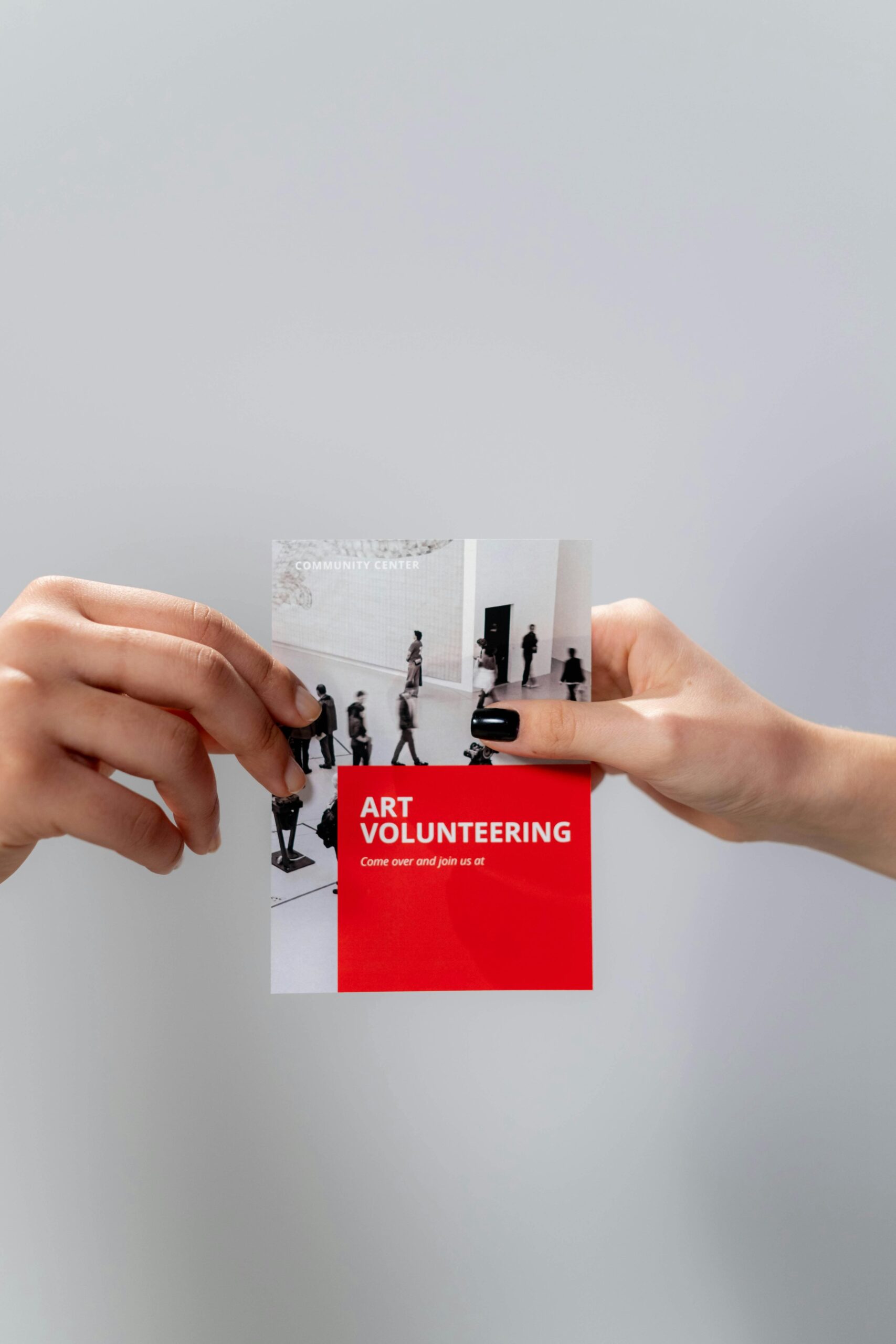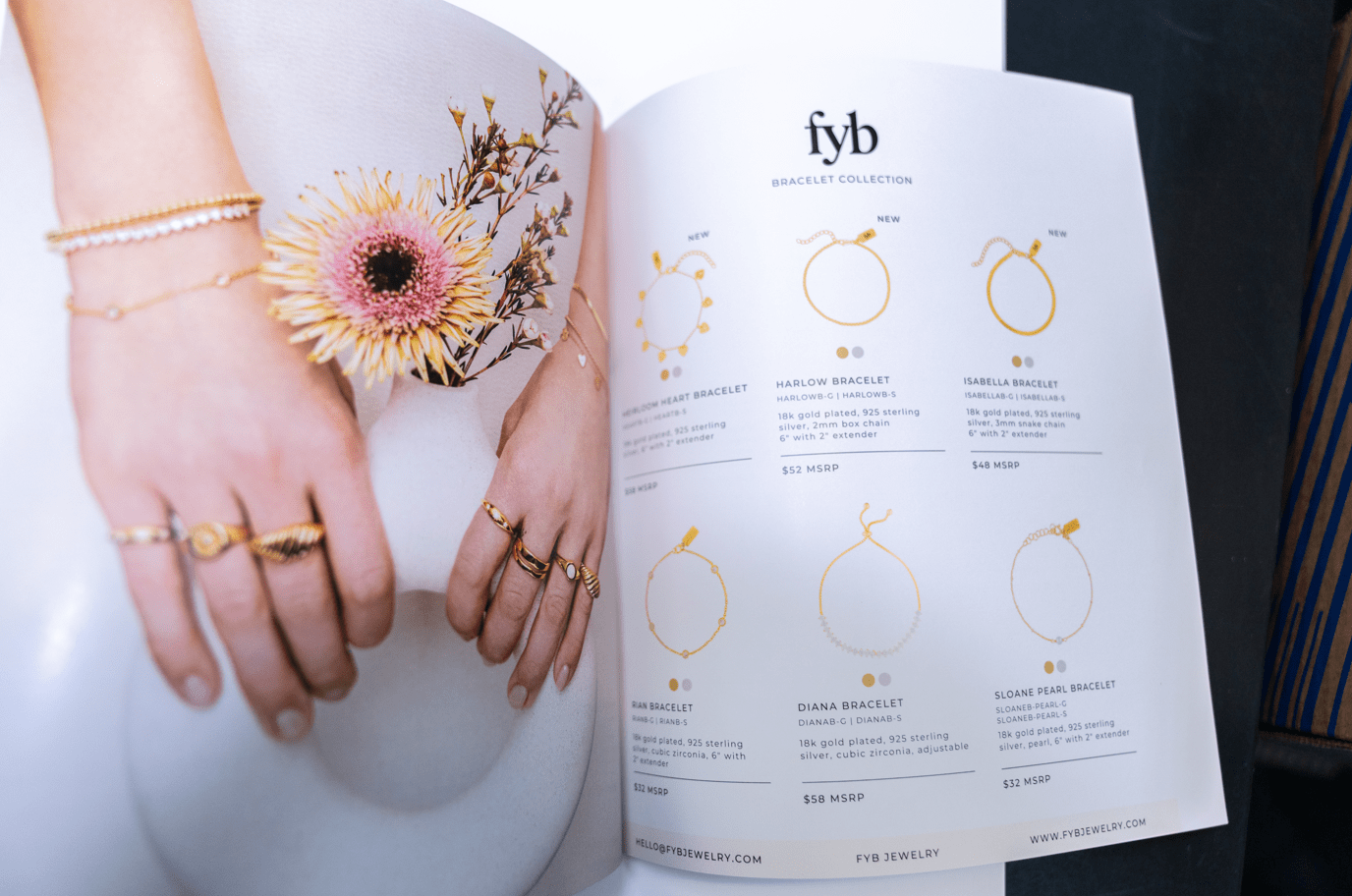Flyers have been a marketing tool for as long as the printing press has been around, and with good reason. Not only are they cheaper than hiring the town crier, but they’re proven to be effective at grabbing attention, promoting events, showcasing products, and driving new customers to your business.
As with other print projects such as brochures and posters, you’re faced with a dizzying range of styles and sizes to choose from when designing your flyer. Figuring out the right dimensions might seem overwhelming at first, but most flyers fall into one of a handful of standardized sizes.
By thinking about the intended goal of your marketing campaign, you can arrive at a size and style that works for your business as well as your customers.
Use Cases for Flyers
When it comes to choosing the right flyer dimensions, your main consideration should be how and where you plan on using them. Here are the most common use cases for flyers:
- Handouts: These are perfect for trade shows and street promotions, or for slipping into your product packaging. They’re fast to produce, straightforward to design, and ensure your customers always have the latest information in hand.
- Window or door displays: This larger size of flyer bridges the gap between handouts and posters. They’re eye-catching when placed in windows and high-traffic areas, and typically come in tabloid size for better visibility.
- Mailers: Targeted mail campaigns use flyers in standard envelope sizes, naturally enough. The big advantage of this type of flyer is the ability to customize your messaging for specific neighborhoods, age groups and demographics.
- Tabletop displays: Smaller flyers can be placed on tables at restaurants, cafes, or events. Like mailers, tabletop flyers can be adapted to appeal to different audiences, depending on when and where you’re distributing them.
Standard Flyer Size Dimensions
At Unique Print NY we can work with you to design and print flyers in any dimensions you might need, but it’s helpful to use these standard flyer size dimensions as a template for your next print project.
- 8.5″ x 11″ (or letter size)
- 5.8″ x 8.3″ (or A5)
- 4.1” x 5.8” (or A6)
- 3.9” x 8.3” (or DL)
You’ll want to choose a flyer size that’s right for the job. Handouts and flyers you plan on posting on a wall or displaying in a window are well-suited to letter size – that’s big enough to convert lots of information and is about the largest size of flyer somebody will take on the street.
When mailing flyers out to your customers, you’re naturally limited by the standard size of envelopes. For that use case you’ll want to choose DL (or dimension lengthwise), which is tall and narrow, the size of an A4 sheet folded into thirds.
Best Flyer Material
Flyers tend not to stick around as long as other printed marketing materials like brochures, booklets and posters, and usually end up in the trash as soon as they’ve been read. This is especially true when your flyer has a naturally short expiration date, such as when announcing a flash sale, a new store opening, or sharing your booth location at an expo hall.
For those types of marketing goals you’ll naturally want to choose a cost-effective material for your flyer. This doesn’t have to mean sacrificing on quality however, and for flyers with a longer lifespan – things like price lists, menus and product information – you have a range of more durable papers and finishes to choose from.
- Glossy paper: Glossy paper makes colors pop. This gives your flyer a more vibrant, high-quality look that’s ideal for showcasing photos and graphics.
- Matte paper: This paper type is less shiny and offers a more subtle, professional feel that’s easier on the eyes. It’s great for text-heavy flyers.
- Card stock: Card stock is thicker and provides a more substantial feel. It’s less likely to be thrown away, can survive being posted outdoors, and gives your flyer greater impact.
Flyers vs Brochures
Flyers are typically single-sided sheets designed for quick announcements such as store updates and short promotions. Brochures tend to be folded sheets with multiple panels, usually printed on both sides, which gives you more space to add detailed information.
Your flyer can be anything between these two options, so long as it’s achieving your marketing goals effectively. Flyers are a great way to deliver a short and punchy message to a potential new customer, while brochures are ideal for giving an interested customer all of the follow-up information they might need.
Final Tips on How to Choose the Right Flyer Size
With all of the above in mind, you should be able to land on the perfect flyer size for your next campaign. Here are a few last tips to consider before you start designing your flyer.
- Content: Flyers don’t last long – and most handouts are destined for the next trash can – so you only have a few seconds to catch your reader’s attention. Make the most of your flyer’s size to highlight the most important information, and don’t overload your design with too much text.
- Distribution: How will you be handing out or displaying your flyers? People are less likely to grab a flyer that’s too large, but small flyers can easily get lost on busy bulletin boards and store windows.
- Budget: Larger flyers, non-standard print sizes and higher-quality paper stock can all affect the cost of the print project – at Unique Print NY we offer a range of cost-effective flyer printing options to suit your budget.
- Target audience: Who are you trying to reach, and what will grab their attention? Think about how you might adapt your flyer’s content and design for different demographics, promoting products and services that appeal to your target audience.
Whether you’re flyering for a party in the park or promoting your next store launch, Unique Print NY is your partner for printing in NYC. Our expert team can help at every stage of the process, from design to delivery, working with you to create polished and impactful flyers that are ready to impress.











